Colorado Springs finds itself at a crossroads as it contemplates the construction of a 36-story apartment complex in its underdeveloped downtown area. The discussion is multifaceted, reflecting diverse perspectives on the advantages and disadvantages of erecting tall structures. Through the insights of Mr. Gravenor, an AP Human Geography teacher, and Mr. Shottler, the AP Microeconomics teacher, the arguments for and against tall buildings come to light, revealing a nuanced dialogue on the city’s future urban development.
One key argument supporting the construction of tall buildings in Colorado Springs revolves around addressing the housing crisis and fostering economic growth. Mr. Gravenor underscores the pressing need for additional housing options in the city, asserting, “There are people who are moving into Colorado Springs and need places to live, and homelessness is a large issue in Colorado Springs.” He contends that the proposed apartment complex could stimulate economic growth, particularly in the downtown area, which has historically grappled with a lack of diverse housing options.
Large apartment buildings like the one proposed can also have the benefit of increasing social and economic equity in cities: “You want to have areas of different socioeconomic status near and around each other with similar amenities and similar accommodations,” explained Mr. Gravenor. According to him, such diversity in zoning encourages equity, promoting walkability and support for public transport. This approach envisions shared amenities and accommodations receiving funding from both affluent and lower-income groups. However, the development of the buildings may not alleviate the equatorial issues of the city at all. The buildings will be expensive, which Mr. Shottler articulates, “That creates not only a difference in economic equity but cultural equity as well,” as creating expensive buildings and infrastructure can easily lead to gentrification.
Conversely, the opposition to tall buildings in Colorado Springs centers on aesthetic and tourism concerns. Many residents, as Mr. Gravenor acknowledges, fear that the proposed structures may obstruct views of the iconic Pikes Peak and compromise the city’s overall beauty. He notes, “The main opposition in our city is people don’t want tall buildings because they’re ugly.” Mr. Shottler agrees, saying “Colorado Springs has the view of the mountain range, so we try to keep buildings under a certain height so as not to restrict that view that so many people come here for.”
Famously, Colorado Springs is not a well-designed city. Many parts are developed “cookie-cutter suburbia,” or with “stroads,” that have high speed limits that traverse miles of small-scale commercial and suburban areas (think Fillmore, GoTG, and Austin Bluffs). While building dense, vertical downtowns can help decrease this issue on a small scale, it can also exacerbate the issue if not handled properly: “The apartment buildings going up are on the outskirts of the walkable center of the city, which means, even if you move into an apartment building downtown, you have to drive to the walkable part, which is not realistic. It completely defeats the point of increasing housing there, and it’s going to increase congestion, which will eventually end in a decrease in economic activity,” said Mr. Gravenor.
This building is more than a piece of architecture, it has the potential to set the precedent for change all across Colorado Springs. If this development is realized, then downtown will likely construct similar buildings, changing the landscape of the city forever. This has upsides and downsides, both cultural and economic. More people can move downtown, the economy can grow, walkability will increase, and more people will be able to live in more equitable conditions, but the inverse is also possible. Colorado Springs has the opportunity to redefine its urban landscape in a way that fosters both economic prosperity and social equity for generations to come, but just as easily can the redefined landscape reduce the quality of this city for good.

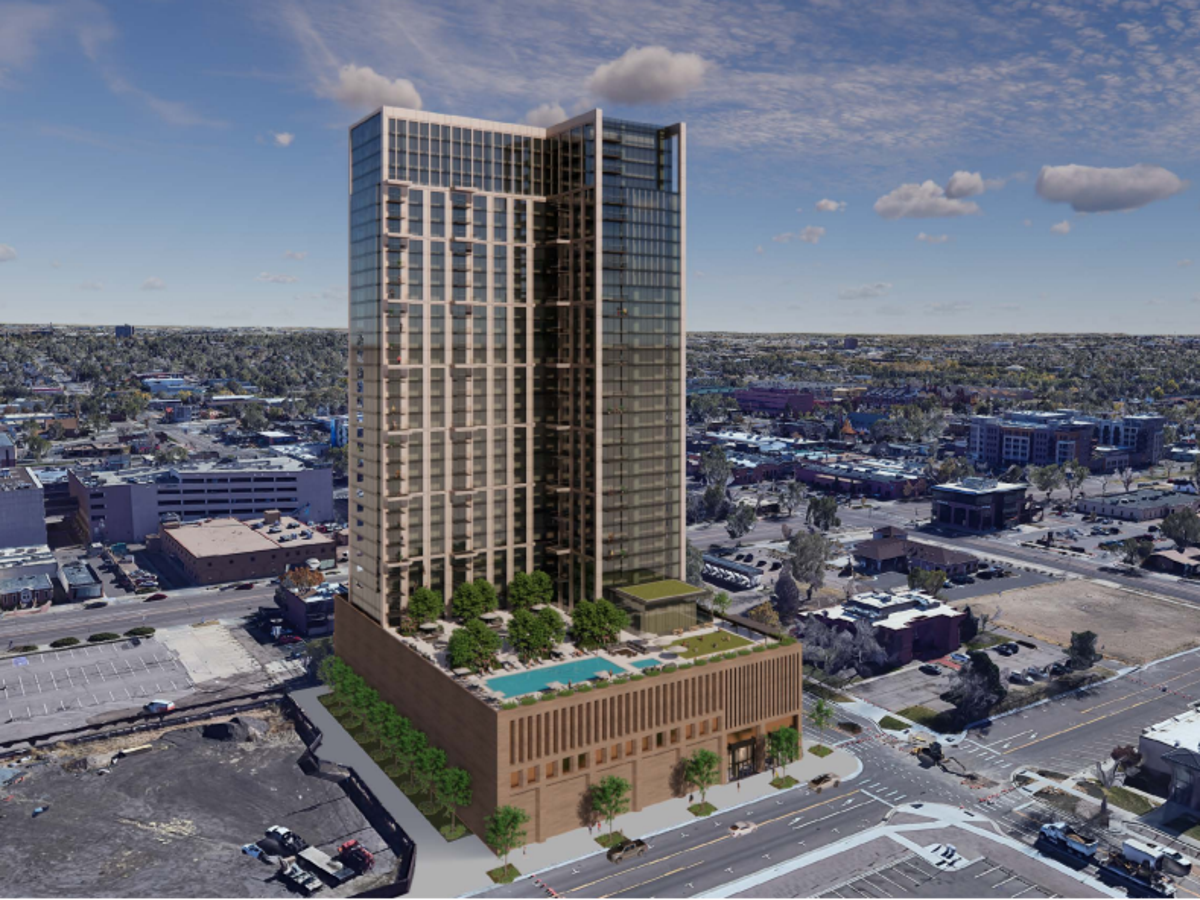


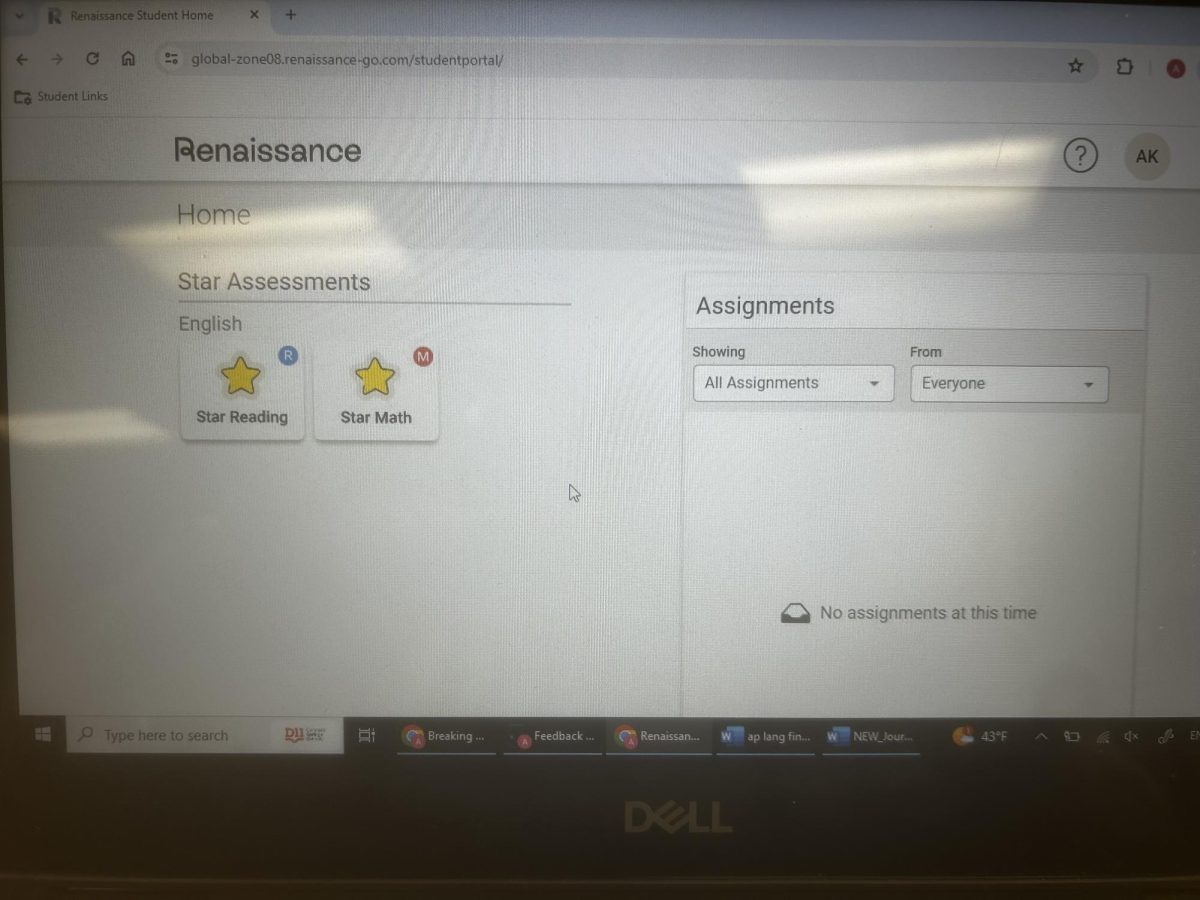


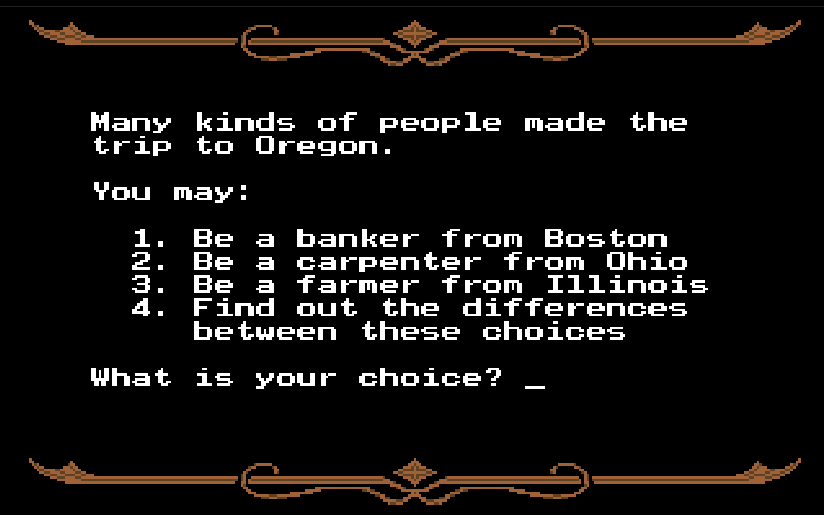

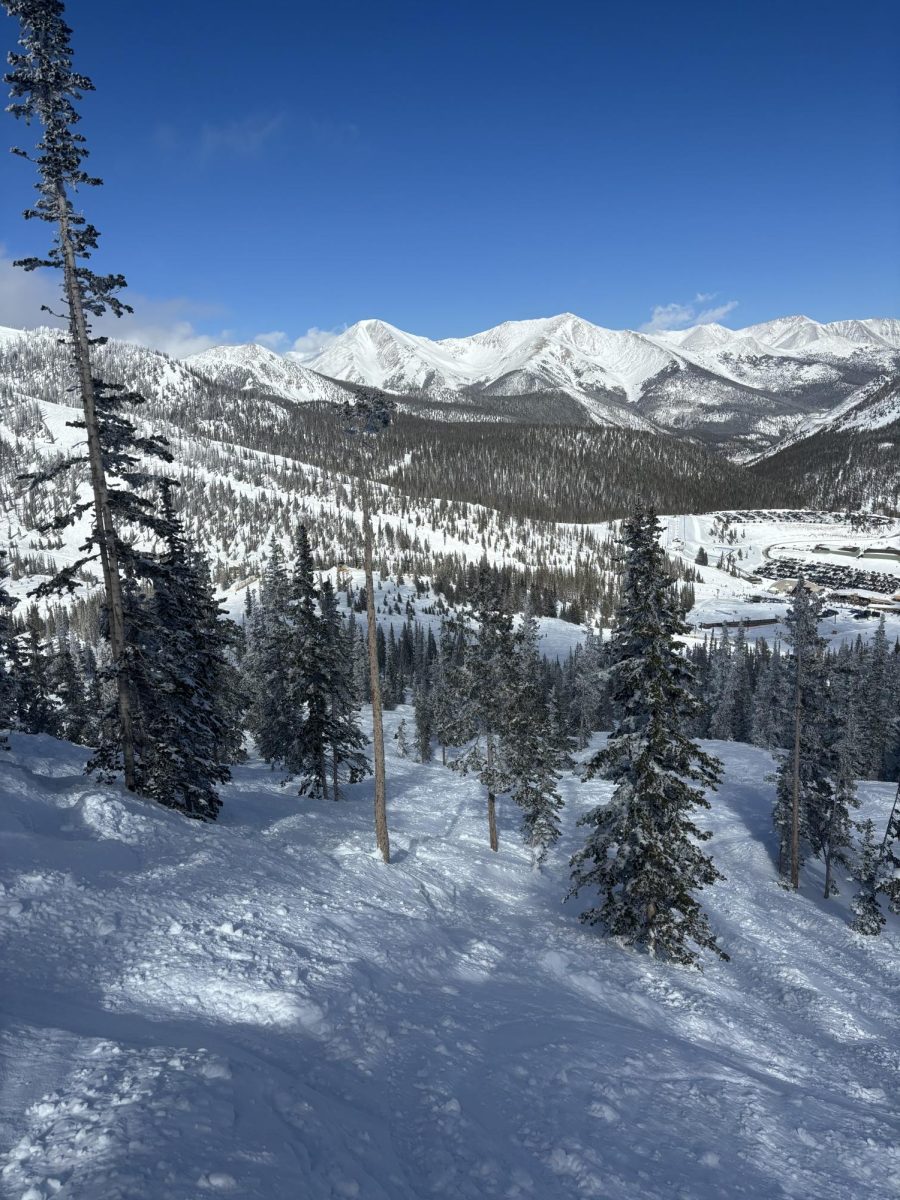

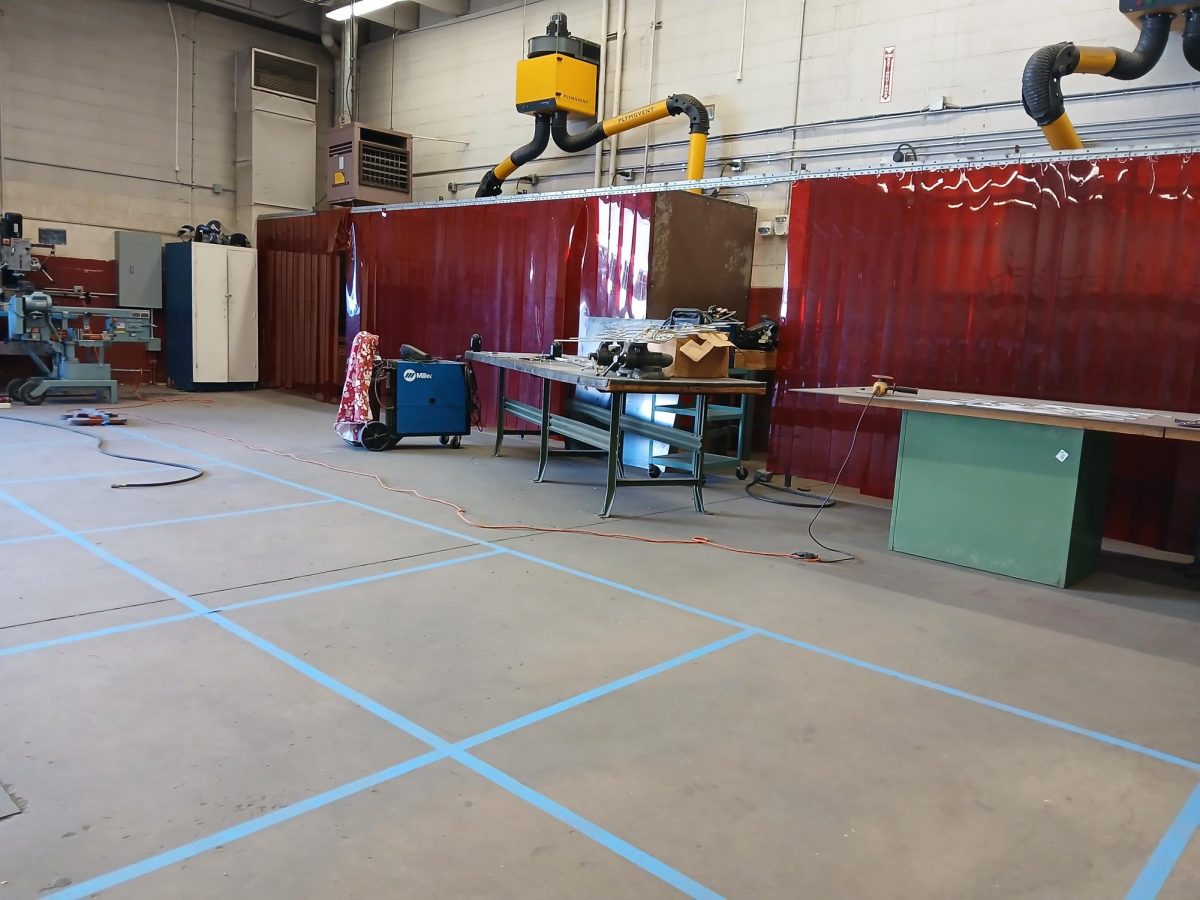

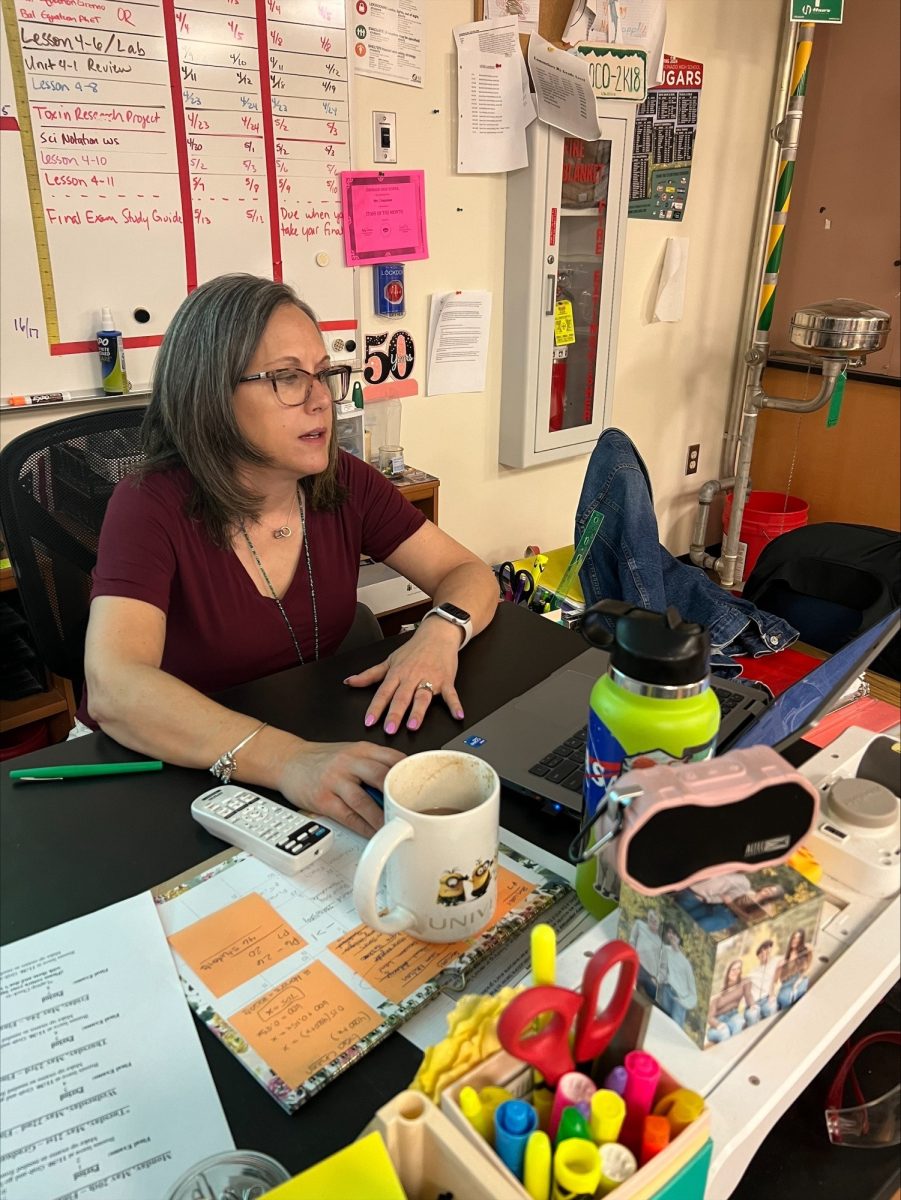





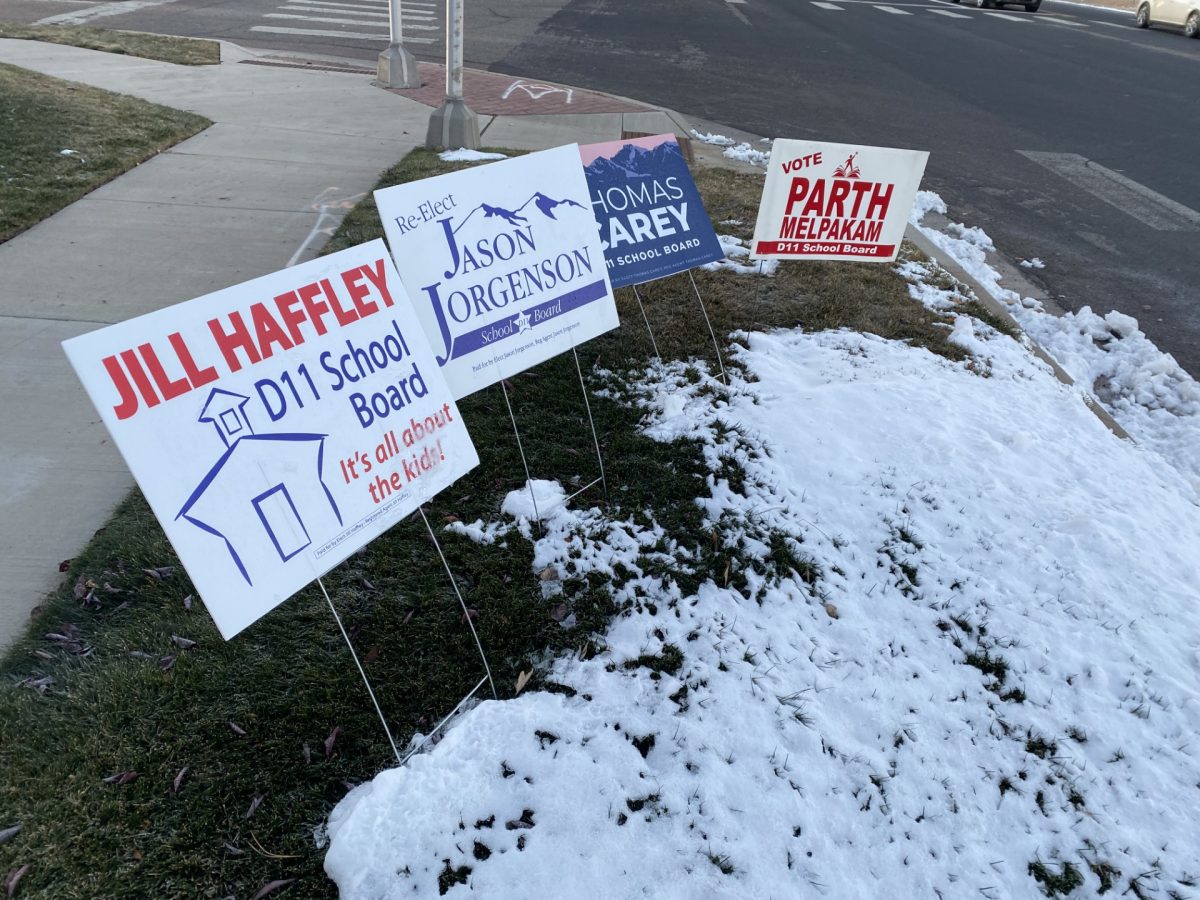
Anonymous User • Mar 1, 2024 at 6:27 pm
We don’t want that monstrosity here. $5,000 to $15,000 per month for rent and all the Boogie stuff with it. We love our skyline the way it is. People move here for the Mountain view and small town atmosphere not some skyscraper that is going to take away from our Mountain views. We are not California or New York. If that is what people want, then move to those places.
L. Freeman • May 5, 2024 at 8:37 am
I agree that we love the small town atmosphere, skyline, etc.. The City fathers (city planning department and politicos) have ruined what I came here for in the late 1970’s. To be frank, I’m appalled by what this city and county has become!